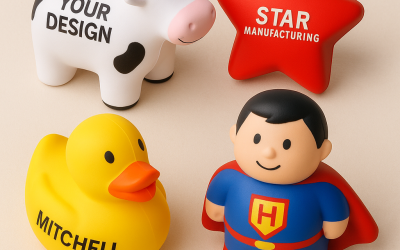T shirt printing is done in many ways. Nowadays, more and more people are opting for customized T shirts. That’s partly due to the fact that the costs of customization have fallen dramatically. When placing an order, you will be asked to provide the size of the design to be printed. The company will then make recommendations regarding the color of the T shirt, and the quality of the design.
Primarily, customizable designs are printed on T shirts using screen printed transfers. Screen printing is one of the most common printing techniques in use today. It is easy and the machinery for it is readily available. For new business owners, getting a screen printer is an excellent idea, since it helps get their business off the ground quickly.
How Does Screen Printing Work?
Screen printing works in a very simple manner. It is a technique that makes use of a woven mesh. The woven mesh provides support for a special stencil with textile ink. The stencil then creates the image on the fabric. The stencil constitutes parts of the open areas of the mesh. This allows for the ink to be transferred directly through the woven mesh as an image on to the fabric, known commonly as a substrate.
Screen printing is not new. T shirts have been printed using screen printed transfers since the 1960s. The technique was developed at that time, and is still widely popular today. Screen printing is also known as serigraphy. For business owners, the most important thing is to make sure that the image is transferred in the best possible manner. If you are running a customizable T shirt printing business, you will want to ensure that the print comes out as close to the original as possible. Here are a few tips:
Use a High Resolution Image
Most digital screen printers are automatic. You simply have to upload the image and the printer will automatically print it on the substrate. However, many people make the mistake of using a low res image. Remember, an image with a resolution of 1080p will provide a decent result when printed on part of the front of the T shirt. However, if the whole design is stretched to cover the whole of the T shirt, it will lose its shape. The primary objective here is to create a “film positive” artwork.
Properly Mix the Sensitizer and Emulsion
Screen printed transfers require the proper mixing of the sensitizer and the emulsion on the screen. This should be done directly according to the directions provided on the respective containers. Make sure that you follow the right technique, because the emulsions become more sensitive as they dry.


